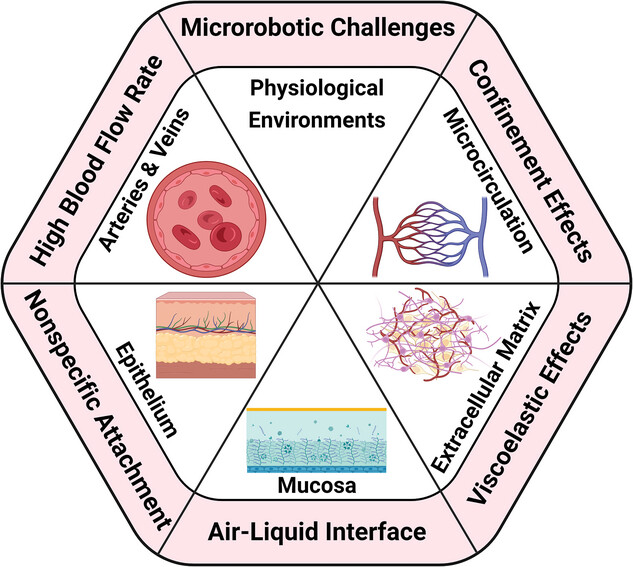Enhanced Flexible Mold Lifetime for Roll‐to‐Roll Scaled‐Up Manufacturing of Adhesive Complex Microstructures
Bioinspired Microstructured Adhesives with Facile and Fast Switchability for Part Manipulation in Dry and Wet Conditions
Smart Materials for manipulation and actuation of small-scale structures
3D nanofabrication of various materials for advanced multifunctional microrobots
Liquid Crystal Mesophase of Supercooled Liquid Gallium And Eutectic Gallium–Indium
Machine Learning-Based Pull-off and Shear Optimal Adhesive Microstructures
Information entropy to detect order in self-organizing systems
Individual and collective manipulation of multifunctional bimodal droplets in three dimensions
Microrobot collectives with reconfigurable morphologies and functions
Self-organization in heterogeneous and non-reciprocal regime
Biomimetic Emulsion Systems
Giant Unilamellar Vesicles for Designing Cell-like Microrobots
Bioinspired self-assembled colloidal collectives drifting in three dimensions underwater
Small-scale Wireless Medical Robots (cont.)

Our current research is increasingly on bridging the gap between laboratory research and clinical applications. This involves collaborating with clinicians to identify high-value medical scenarios where microrobots can provide significant benefits. The clinical translation of small-scale robotics demands a comprehensive approach that addresses technological, biological, and regulatory challenges through interdisciplinary cooperation.
Future clinical applications will prioritize minimally invasive interventions, targeting precise drug delivery, microsurgical procedures, and localized diagnostic investigations. Success hinges on developing microrobots with enhanced biocompatibility, adaptive capabilities, and the ability to navigate complex biological environments. Breakthrough technologies will require seamless integration of advanced materials, sophisticated control mechanisms, and real-time imaging technologies to realize the transformative potential of medical microrobotics.
The path to clinical implementation necessitates a strategic collaboration among microrobotics engineers, medical practitioners, regulatory experts, and materials scientists. By systematically addressing challenges such as long-term material stability, external control precision, and comprehensive safety protocols, we can develop microrobotic platforms that offer personalized, patient-specific medical interventions with unprecedented accuracy and minimal systemic impact.
We emphasize that while the field of small-scale wireless medical robotics continues to advance rapidly, there is a growing recognition of the need to address practical challenges for clinical translation. The research is now more focused on creating milliscale and microscale robots that can solve current limitations in actuation, material stability, and imaging constraints, aiming to enable their use in real-world medical applications.